Goan Cuisine: A Confluence of Cultures
The unique cuisine of Goa developed out of a merger of various cultures that it came into contact with over the centuries such as the Portuguese, Arab, Brazilian, African, French, Konkani, Malabari, Malaysian and Chinese. The three major communities of Goa - Hindus, Muslims, and Christians, contribute to the culinary tradition in their own manner. The Konkan farmers and fishermen consume fish and rice on a wide scale. The Christian community patronises items such as beef, seafood, and pork. The intermixing of multiple cultural elements is mirrored within the cuisine of Goa in a distinctive mix of richness and subtlety.
History and Culinary Diversity
The most significant overseas cultural influence came from the Portuguese beginning in the 16th century CE. In 1510, the Portuguese general Albuquerque captured Goa from the Sultan of Bijapur. This resulted in the introduction of novel culinary items to the region such as potatoes, chilies, tomatoes, cashew, pineapple, bread, vinegar, and different kinds of meats. Goa came to be known as ‘Goa Dourada’ or Golden Goa, owing to the beauty and prosperity of the region. It had lucrative ports that facilitated trade with the West, ranging from Chinese silk to asafoetida.
Goa’s colonial past left an indelible mark on its cuisine. The new culinary practices were rooted in traditional Portuguese dishes and ways of cooking. A classic example of Portuguese influence on the food of Goa is that the cuisine includes vinegar, an otherwise uncommon ingredient in traditional Indian cooking. Before the coming of the Portuguese, the Goan diet used to include flatbreads such as rotis and chappatis. The Portuguese brought with them the distinctive bread known as Pao. Since then, bread has become an integral part of the diet for the Goans, especially the Christian community. There are also variations in the preparations of the Goan Hindu and Goan Christian communities. The dishes popular among the Hindu Goan community make wide use of tamarind and kokum to induce a sourish flavour. In contrast, the dishes of the Goan Christians make wide use of vinegar. The Goan Christian culinary tradition over time was also influenced by Konkani, British, Saraswat, and South Indian cuisines, apart from the Portuguese.
The Goan Platter
Goan cuisine is characterized by a liberal use of rice, coconuts, fish, kokum, cashews, spices, and vinegar. Fish and rice are the staples, supplemented by meat, beans, and vegetables. Pez, a rice porridge prepared with leftover curries and pickles, is a common mid-morning meal. The most popular fish on the menu is kingfish, followed by tuna, shark, pomfret, mackerel, and doumer. The Vindaloo is considered to be a signature Goan dish. Sol Kadhi, an appetizing drink, is well known for its health benefits. Other popular dishes are fish and meat curries of umpteen variations like Cafreal, Sorpotel, Caldin, Xacuti, and Balchao. Some distinctive Goan specialities are fish Recheado, fish Caldeirada, pork Assad and Caldo Verde. Desserts include, Bebinca (layered coconut pudding), Neoreo (fried crisp dumplings), Godshe (literally ‘sweet rice’, and lentil pudding), and Patoleo (steamed dumplings of rice flour paste and coconut/jaggery stuffing prepared in turmeric leaves).
Goan dishes are known to tickle the senses. The tropical climate of the place inspires spicy and intense flavours. Goa is undoubtedly a haven for sea-food enthusiasts. Crab, mussels, squid, clams, lobsters, oysters, prawns and shrimps, and fish such as tuna, mackerel, kingfish, pomfret, and shark fish are steamed in a variety of appetizing ways. Apart from this fried, dried and salt-cured fish are also relished. Goan cuisine also includes regional specialities like Chouricos, which are spicy pork sausages inspired by Portuguese culinary traditions. Goan sausages are well-salted and spiced items of pork. Once made, the sausages’ strings are first dried in the sun and then smoke-dried on the hearth. They are usually consumed in the monsoon when fish is scarce. They are usually added to a spicy and tangy curry and served with Pao or rice.
While a number of alcoholic beverages are available in the market, Feni and Port are spirits locally produced in Goa. Goa produces a range of fine wines that are popular throughout the country. Toddy, the sap from coco palm, is also fermented to create vinegar. Coco palm Feni and cashew-nut Feni are also used for marination while cooking.
Traditional Culinary Practices
Many Goan households have kept alive traditional ways of cooking like employing a varn (grinding stone) to grind spices, a dantem (hand-mill) for grinding cereals, and brass utensils for cooking desserts. These traditional methods impart distinctive taste and aroma to the food. Grinding spices using traditional equipment helps to retain their freshness. It is achieved by pounding the spices with muscle power and patience. Doules, spoons made out of coconut shells, are used for cooking. The shells are split into halves, polished, and hooked up with the wooden handles to form spoons. Other essential traditional equipment are Vantleo, a mould created out of stainless steel, and Confro, an airtight steaming chamber used for cooking. Moltulem are earthenware dishes customarily used for serving food. They offer a lovely ethnic charm to Goan food and additionally help to retain the flavour and aroma.
 Government of India
Government of India






























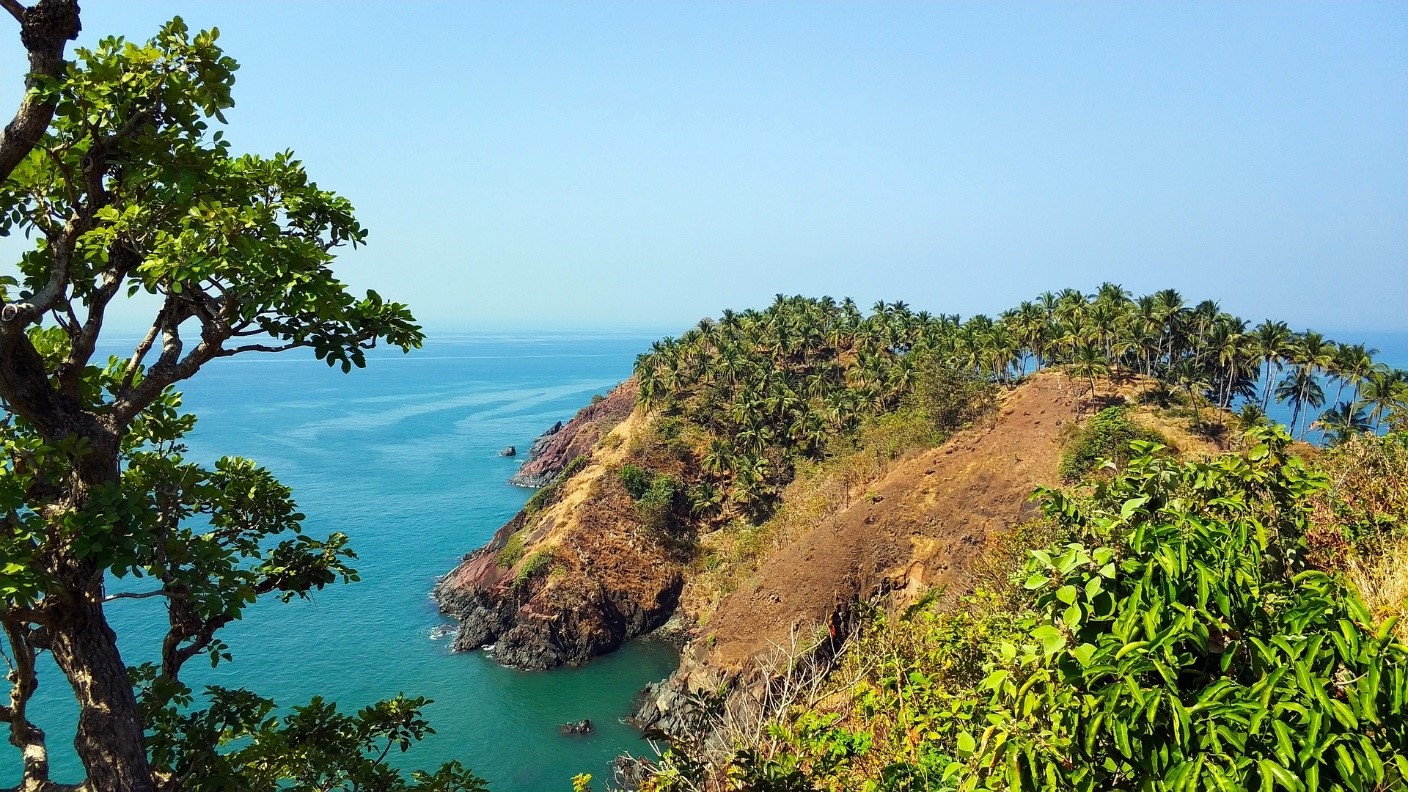

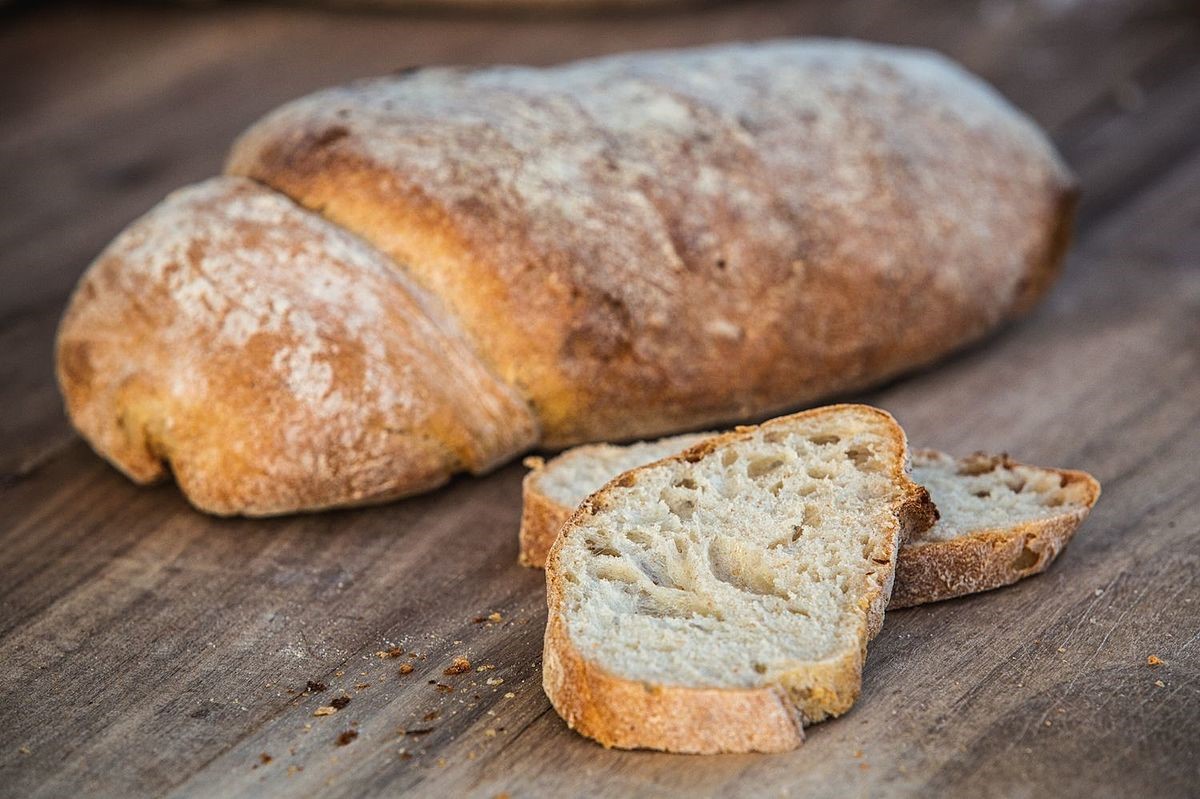
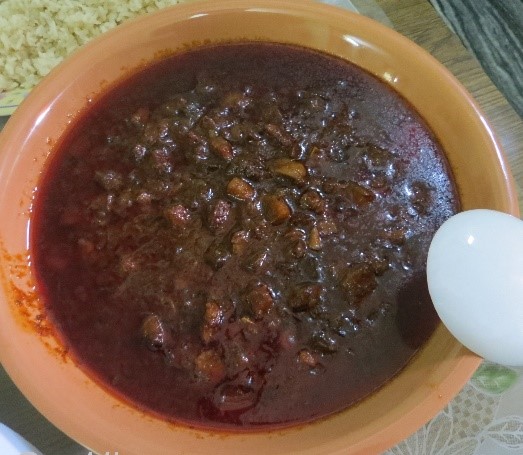

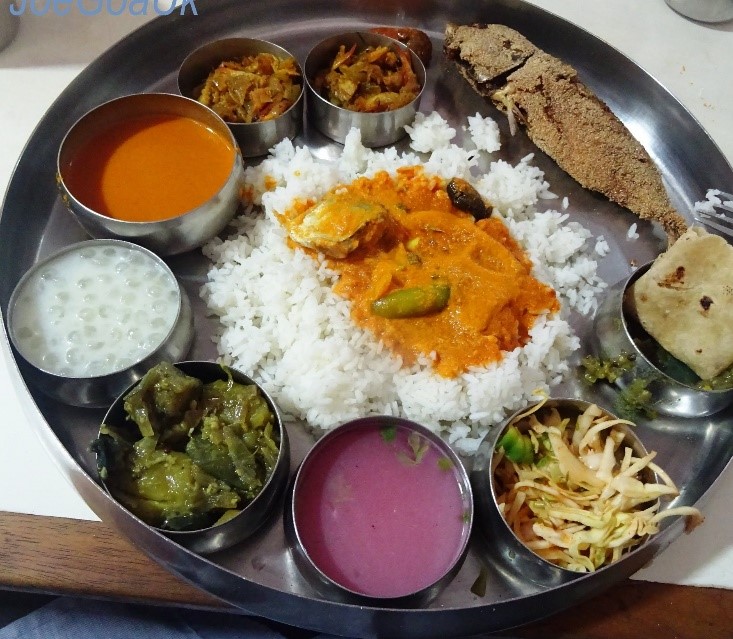
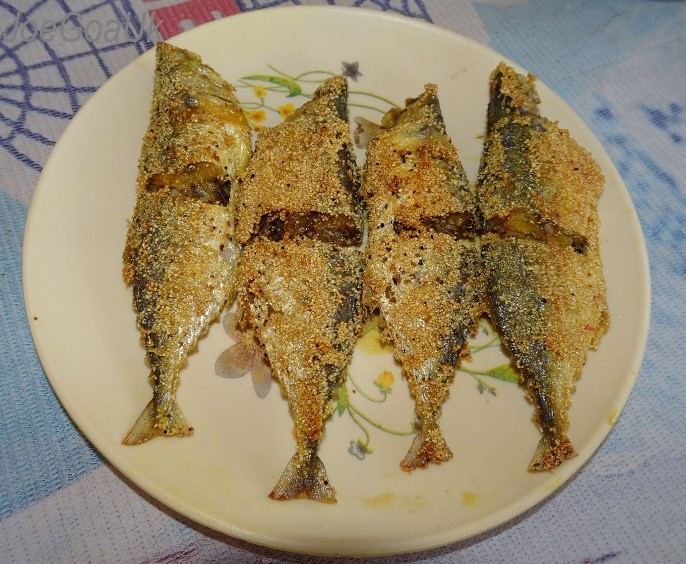

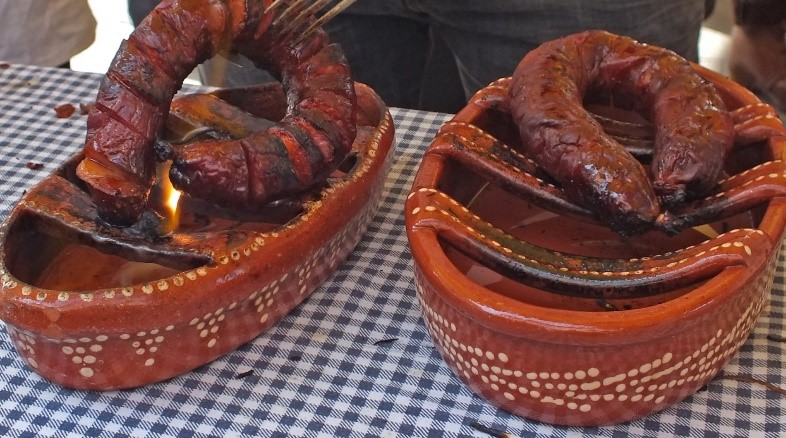

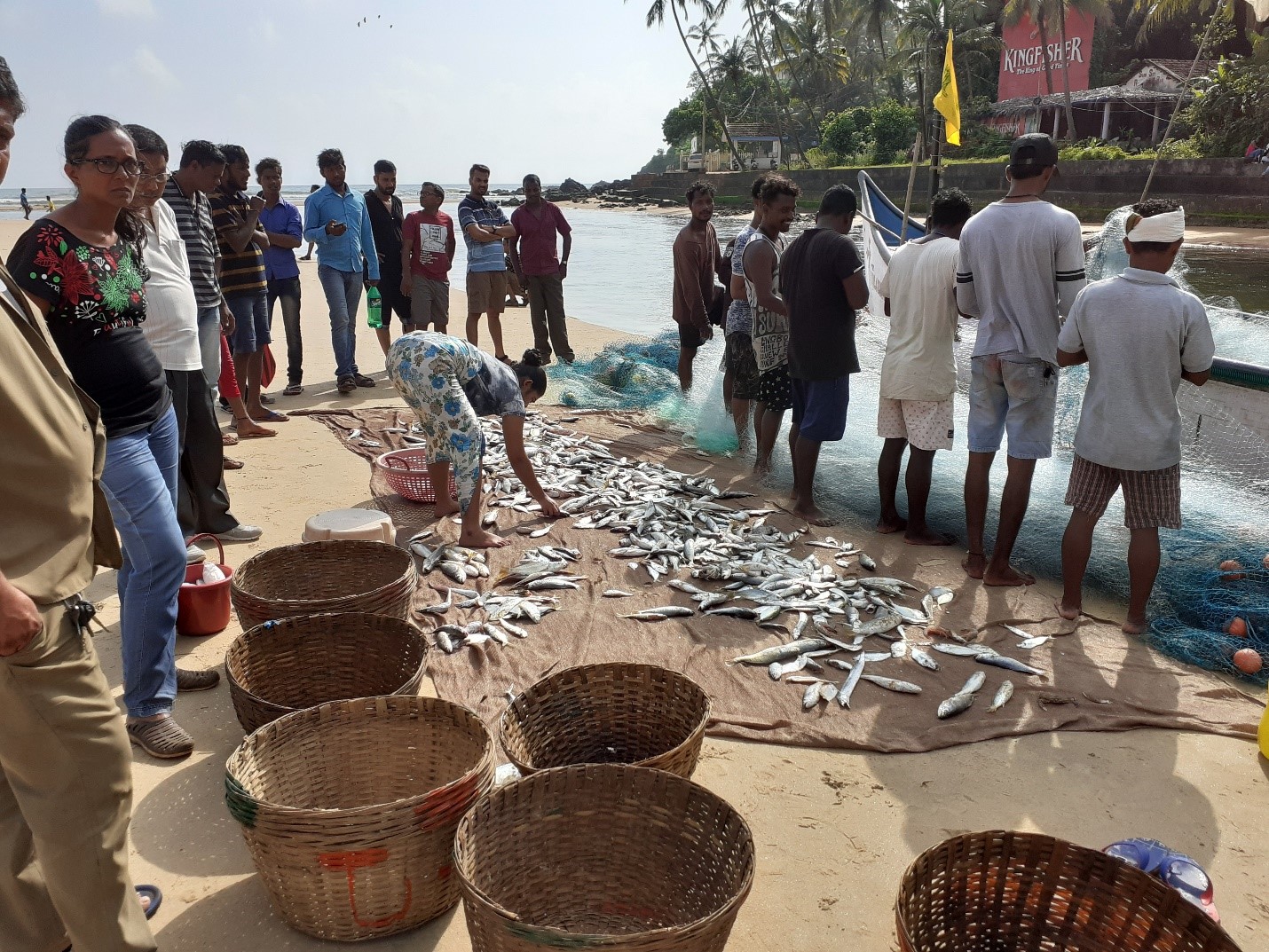


 Recognizing the ongoing need to position itself for the digital future, Indian Culture is an initiative by the Ministry of Culture. A platform that hosts data of cultural relevance from various repositories and institutions all over India.
Recognizing the ongoing need to position itself for the digital future, Indian Culture is an initiative by the Ministry of Culture. A platform that hosts data of cultural relevance from various repositories and institutions all over India.

